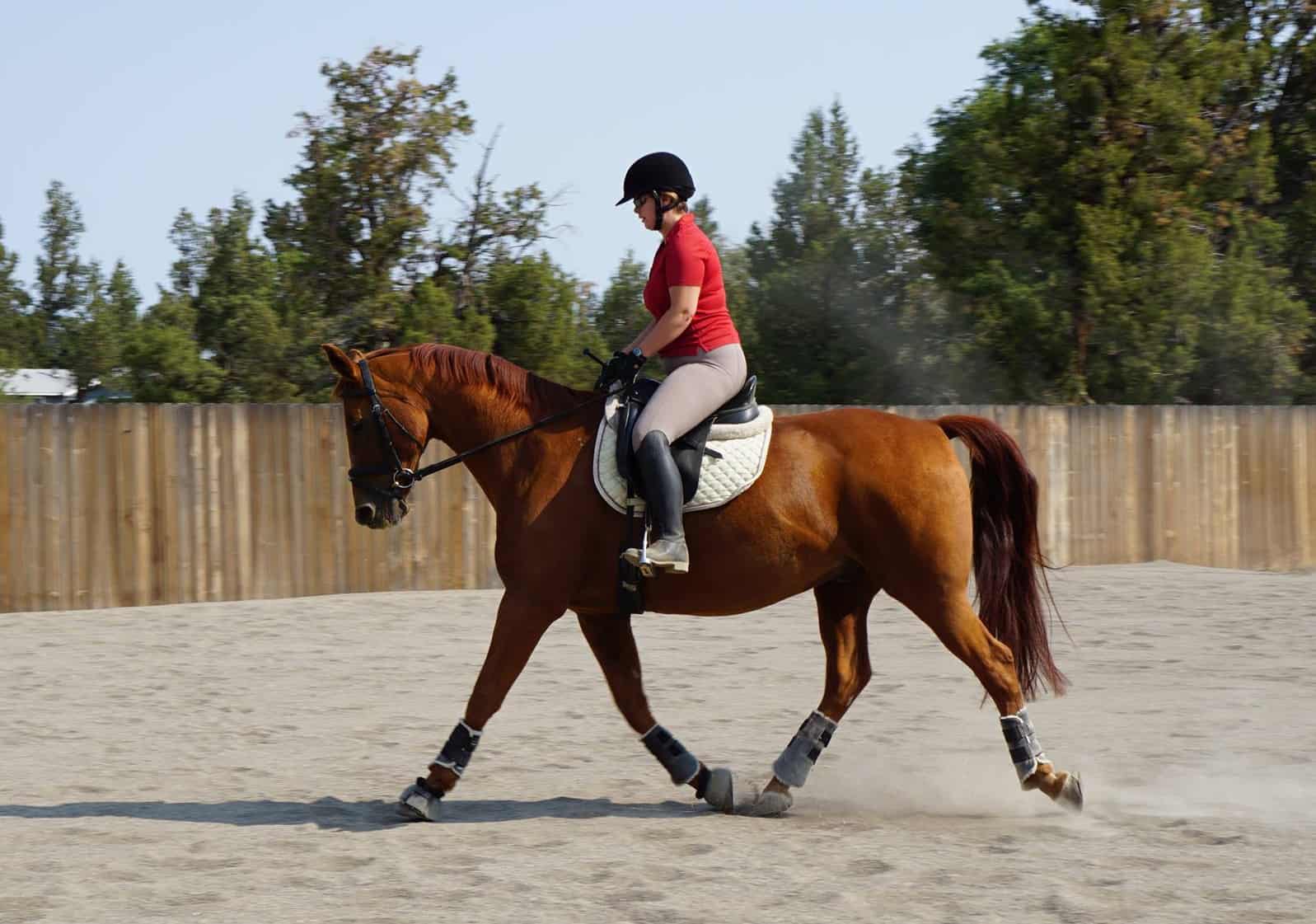Evaluation and Treatment of the Laminitic Horse
- Topics: Article, Laminitis (Founder)
Laminitis is a complex disease that is challenging–and often frustrating–to treat and manage. The key, said Raul Bras, DVM, CJF, APF, is a thorough examination and an aggressive but flexible treatment plan, along with owner commitment. "With laminitis we’re always trying to stay ahead of what might happen next," he said.
Bras, a farrier and veterinarian, is part of the podiatry department at Rood & Riddle Equine Hospital, in Lexington, Ky., and spoke at the 2012 International Conference on Laminitis and Diseases of the Equine Foot, which took place Nov. 2-3 in Monterey, Calif. In his presentation, "Rehabilitating the Laminitic Horse," he described how he approaches suspected laminitis cases as follows:
-
Physical examination of the horse. Bras takes a case history to help identify potential causes of laminitis, which can include endocrine disorders, gastrointestinal disease (including that resulting from black walnut exposure), infection, or trauma. He explained that the goal is to eliminate the triggering event if possible.
-
External examination of the hoof. The external hoof exam includes palpation of the coronary band, which can feel spongy in the case of a sunken coffin bone caused by laminitic failure, Bras said, adding that the hairs that rim this area will often stand up rather than lying flat against the hoof. He also uses hoof testers to apply pressure to the sole of the hoof and to check for painful reaction, especially around the toe.
-
Radiographs (X rays). Radiographs are the standard diagnostic modality for identifying boney changes and are an important tool in diagnosing and creating a treatment plan for laminitis. Veterinarians use both a lateral (side) and dorsal (rear) image to evaluate whether the coffin bone has rotated or sunk inside the hoof capsule.
-
Hoof support. Bras described many therapeutic orthotic shoes options (some custom made and others prefabricated) available for supporting laminitic hooves, as well as his method for casting. When applying hoof support, Bras strives to alleviate weight bearing from the toe and distribute the load over other hoof structures. "If a horse has a mechanical failure, you need a mechanical fix," Bras said to explain his philosophy on supporting the laminitic hoof with a shoe or cast. "If you break your foot, you’re not going to walk around barefoot. You’ll wear one of those special boots and use a cane."
-
Anti-inflammatory medications and cryotherapy. Reducing inflammation is an important step in making a horse more comfortable and limiting additional hoof damage caused by laminitis. "I use the usual anti-inflammatories such as bute (phenylbutazone) as needed, and cryotherapy (cold therapy applied to the affected hoof) also seems very useful when we believe the horse is going through a bout of laminitis," Bras said.
- Strict stall rest. "If you suspect laminitis, stall rest should be implemented to try to prevent coffin bone displacement due to the compromised laminae and the forces applied on it," Bras advised.
When treating chronic laminitis, the ability to successfully rehabilitate the foot is largely dependent on the health of the coffin bone, Bras said. He bases prognoses on:
- Amount of lamellar damage suspected;
- Overall hoof conformation;
- Duration of the disease;
- Amount of coronary band damage (such as shear lesions);
- Vascular (blood flow) damage as evaluated using venograms;
- Client goals for the horse;
- Economics/financing for the owner; and
- Quality of nursing aftercare.
"He’s going to have good days and bad, ups and downs," Bras said of the laminitic horse. "It takes a pretty strong commitment from the horse owner to care for him
Create a free account with TheHorse.com to view this content.
TheHorse.com is home to thousands of free articles about horse health care. In order to access some of our exclusive free content, you must be signed into TheHorse.com.
Start your free account today!
Already have an account?
and continue reading.

Written by:
Michelle Anderson
Related Articles
Stay on top of the most recent Horse Health news with












